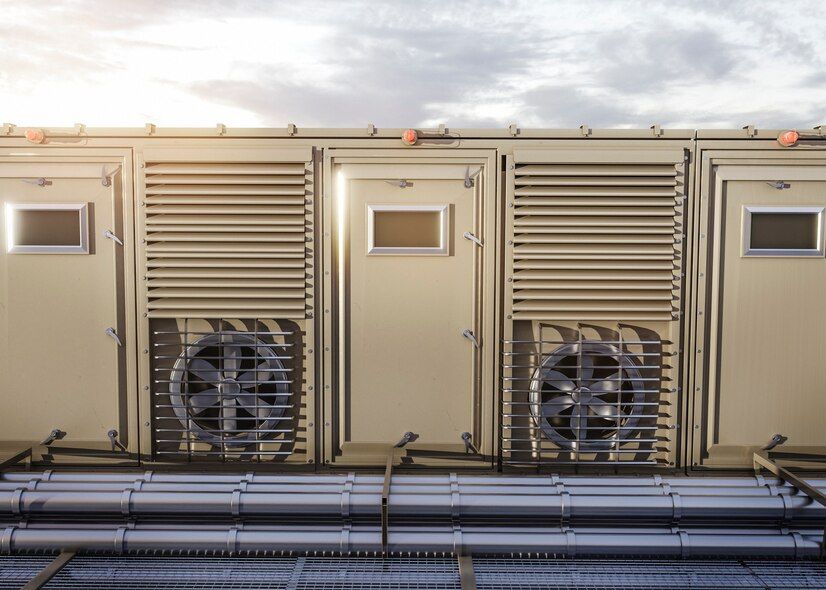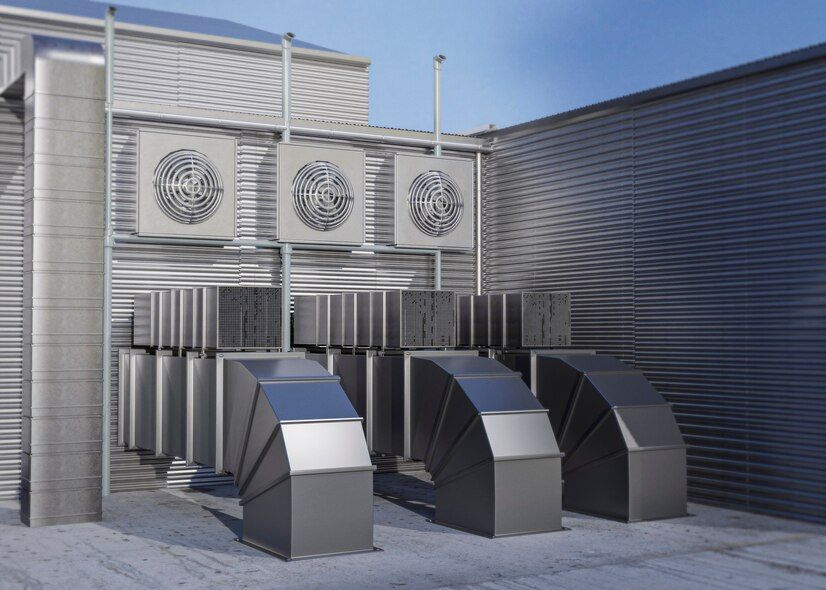Email: info@yimuhouse.com Whatsapp: (+86)13391718082

Get A Quote
Breathe Easy: How to Properly Vent a Shipping Container?
In this blog, we'll explore why is it important to ventilate your home, the problems that can arise without adequate ventilation, and practical tips on how to properly vent a shipping container. Let's dive in!
 Why is it Important to Ventilate Your Home?
Why is it Important to Ventilate Your Home?
Ventilation is often an overlooked aspect of home design, but it plays a pivotal role in ensuring a comfortable and healthy living space. When it comes to container homes, proper ventilation becomes even more critical due to the unique characteristics of these structures.
1. Fresh Air, Healthy Living:
Adequate ventilation ensures the circulation of fresh air, preventing the buildup of pollutants, allergens, and moisture. In a container home, where space is limited, maintaining air quality is essential for the well-being of its occupants.
2. Temperature Regulation:
Container homes can be susceptible to temperature extremes. Without proper ventilation, the interior can become uncomfortably hot or cold, impacting the livability of the space. Effective ventilation helps regulate temperatures, creating a more comfortable living environment.
3. Preventing Condensation:
Containers are prone to condensation, which can lead to mold and mildew issues. Proper ventilation helps control moisture levels, mitigating the risk of these problems and preserving the structural integrity of the container home.
Container Home Ventilation: What Problems Need to be Solved?
Container homes, while innovative and eco-friendly, present unique challenges when it comes to ventilation. The following are some problems that need to be solved to ventilate container houses
1. Evacuation of Vapor:
Container homes generate water vapor, leading to condensation on steel walls. This can cause structural damage and health hazards. Areas with excessive vapor generation, like kitchens and bathrooms, require dedicated ventilation systems to prevent vapor spread throughout the house.
2. Health Hazards:
While total elimination of vapor condensation is impossible, ventilation must address harmful effects like mold and mildew. Mold and mildew can develop in areas with higher humidity, posing health risks. Proper ventilation helps lower local moisture levels and expels fungi-related spores and microorganisms.
3. Air Quality:
Fresh air inflow is crucial for maintaining healthy oxygen levels, evacuating contaminants (odors), and creating a fresh ambiance. The small size of container homes emphasizes the importance of bringing in fresh air, especially when using appliances like propane stoves and water heaters that consume a lot of oxygen.
4. Combustion Appliances:
Efficient operation of combustion appliances, such as wood or propane-burning furnaces, in container spaces requires dedicated air intake. Ventilation systems with intake and exhaust pipes facilitate a closed loop, ensuring the supply of fresh air for combustion and expelling gases outdoors.
5. Cooling:
Metal structures in container homes can heat up rapidly during hot summers. While ventilation alone cannot lower indoor temperatures below ambient levels, it plays a crucial role in achieving a more comfortable and fresh environment.
6. Ventilation System Design:
Regardless of the chosen system (passive or forced airflow), efficient ventilation systems must create cross-circulation by strategically placing air intake vents on the opposite side of the container next to the floor. This eliminates potential zones with stagnant air, ensuring continuous fresh air exchange.
 How to Properly Vent a Shipping Container?
How to Properly Vent a Shipping Container?
Now that we understand the importance of ventilation in container homes, let's explore practical ways to address these challenges:
1. Roof Ventilation:
Installing vents on the roof allows hot air to escape, preventing heat buildup within the container. This simple solution can significantly improve airflow.
2. Side Wall Vents:
Adding vents along the side walls promotes cross-ventilation, enhancing the circulation of fresh air. This is especially important in preventing condensation.
3. Insulation:
Proper insulation helps regulate internal temperatures, reducing the need for excessive ventilation. Choose insulation materials that provide a balance between thermal performance and breathability.
4. Louvered Windows:
Incorporating louvered windows enables you to control the direction and amount of airflow. These windows are particularly effective in areas with varying wind patterns.
Best Way to Ventilate a Shipping Container
While there isn't a one-size-fits-all solution, a combination of the following strategies often yields the best results:
1. Strategic Placement:
Identify areas that require more ventilation based on the prevailing weather conditions. Focus on creating a path for airflow that addresses specific issues such as heat, condensation, or stagnant air.
2. Natural Ventilation:
Leverage natural elements like wind and solar heat to drive passive ventilation. This can be achieved by thoughtful positioning of vents and windows to capture prevailing breezes and sunlight.
3. Tech-Driven Solutions:
Consider incorporating smart ventilation systems that can be controlled remotely. These systems can adjust airflow based on real-time data, ensuring optimal conditions inside the container home.
Conclusion
Ventilating your container home is not just about improving air quality; it's about creating a space where you can thrive. Proper ventilation addresses the specific challenges posed by container living, ensuring a healthy, comfortable, and sustainable home. At Yimuhouse, we believe in the transformative power of container homes. Our commitment to innovation extends to every aspect of your living experience, including ventilation. If you want to learn more about container house, come to Yimuhouse and consulate our experts!